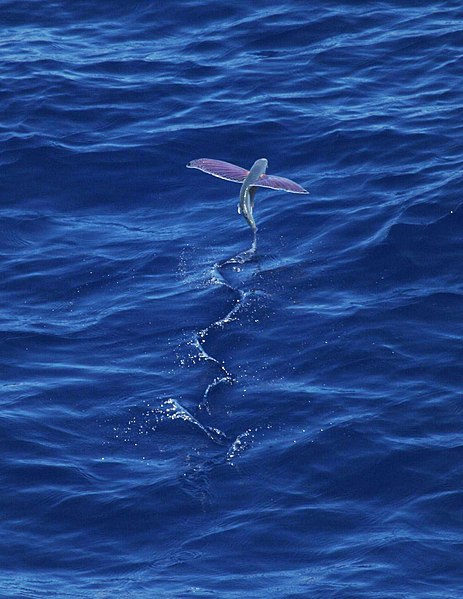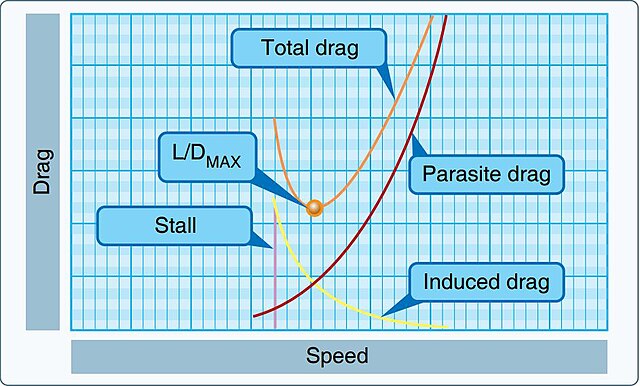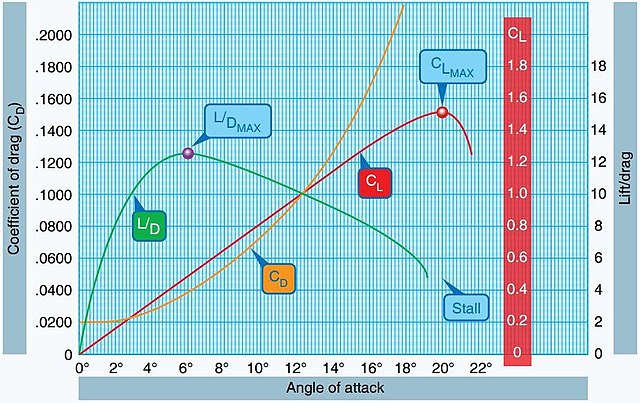A rocket-powered aircraft or rocket plane is an aircraft that uses a rocket engine for propulsion, sometimes in addition to airbreathing jet engines. Rocket planes can achieve much higher speeds than similarly sized jet aircraft, but typically for at most a few minutes of powered operation, followed by a gliding flight. Unhindered by the need for oxygen from the atmosphere, they are suitable for very high-altitude flight. They are also capable of delivering much higher acceleration and shorter takeoffs. Many rocket aircraft may be drop launched from transport planes, as take-off from ground may leave them with insufficient time to reach high altitudes.
Messerschmitt Me 163 Komet, the only operational rocket-powered fighter aircraft
Opel RAK.1 - World's first public manned flight of a rocket plane on September 30, 1929.
A Yokosuka MXY-7 Ohka replica at the Yasukuni Shrine Yūshūkan war museum
The X-15's XLR99 rocket engine used ammonia and liquid oxygen.
Gliding flight is heavier-than-air flight without the use of thrust; the term volplaning also refers to this mode of flight in animals. It is employed by gliding animals and by aircraft such as gliders. This mode of flight involves flying a significant distance horizontally compared to its descent and therefore can be distinguished from a mostly straight downward descent like a round parachute.
Flying fish taking off
Drag vs Speed. L/DMAX occurs at minimum Total Drag (e.g. Parasite plus Induced)
Coefficients of Drag and Lift vs Angle of Attack. Stall speed corresponds to the Angle of Attack at the Maximum Coefficient of Lift







